Southwest Michigan field crops update – July 3, 2024
Winter wheat harvest continued. More soybeans entered reproductive stages, and some commercial corn has begun to tassel. Second generation Colorado potato beetles were confirmed in potatoes.

Weather
A storm early last week resulted in scattered hail damage throughout the region. Cool temperatures over the weekend brought scattered showers that resulted in light precipitation in most areas. These scattered showers will continue throughout the upcoming week. Although they don’t provide any significant amounts of precipitation, the showers prolong leaf wetness and could increase disease and rot risks in crops at vulnerable stages. Below are Sporecaster and Tarspotter risk ratings, respectively, as of July 3, 2024.
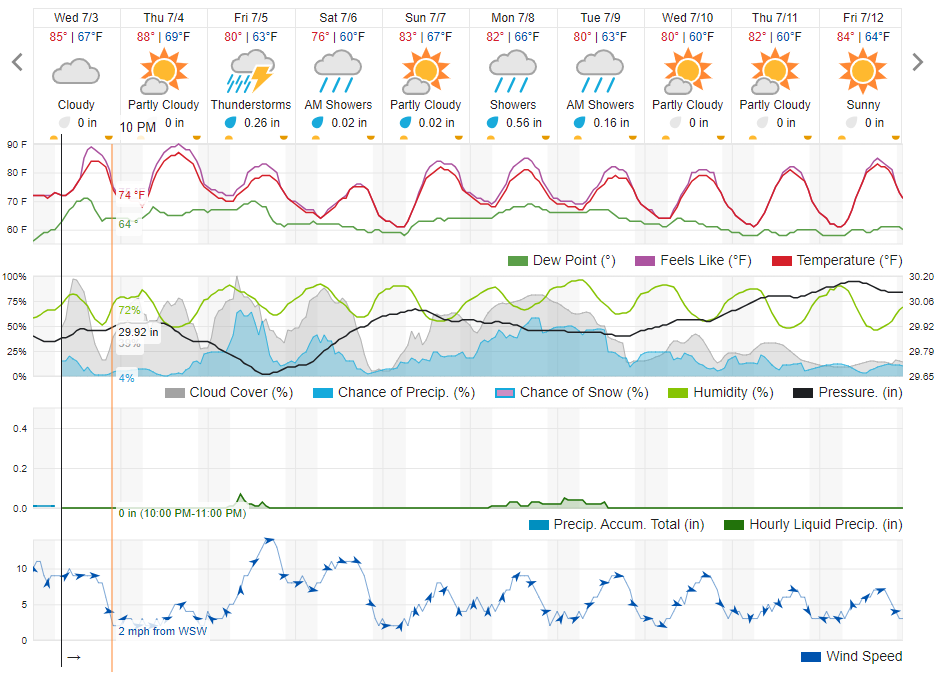
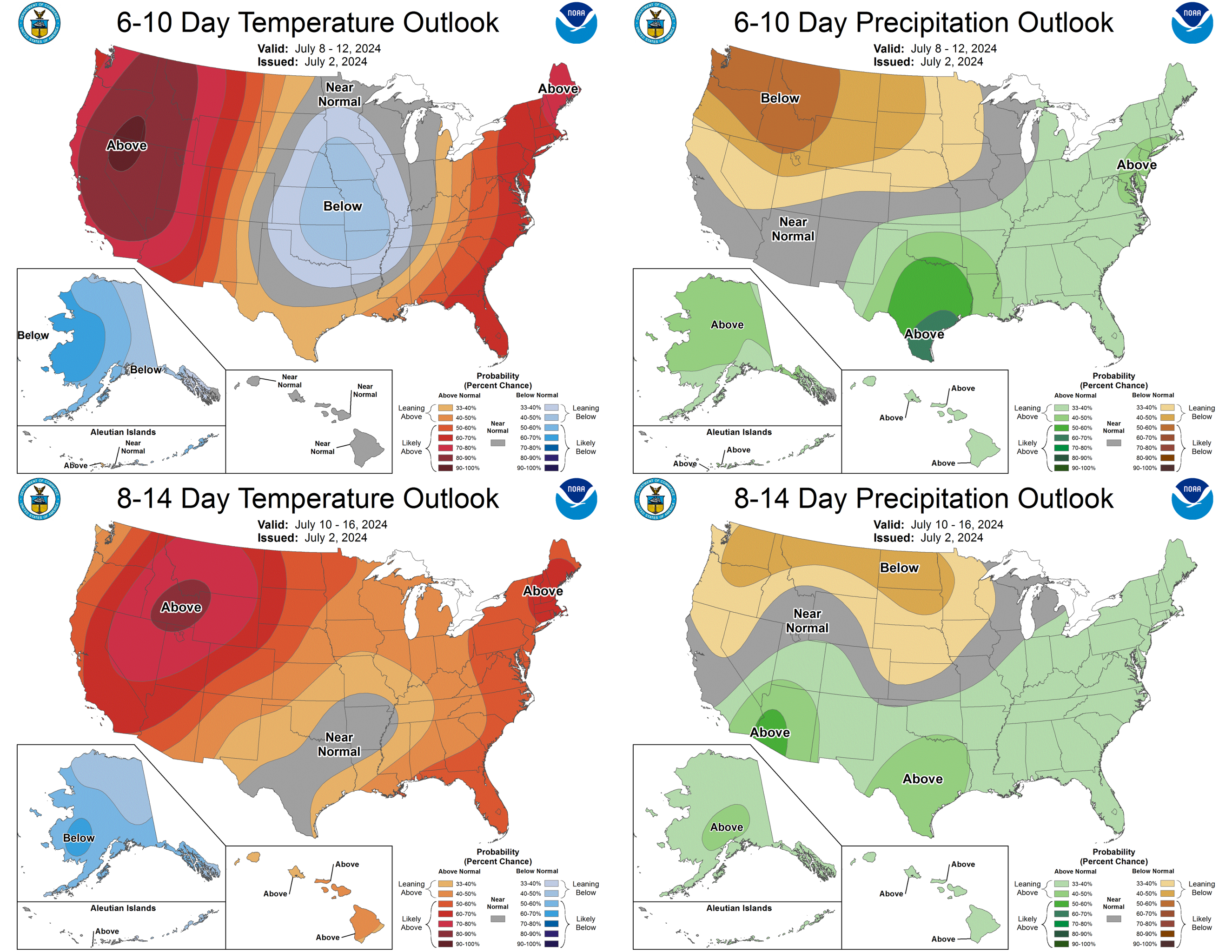
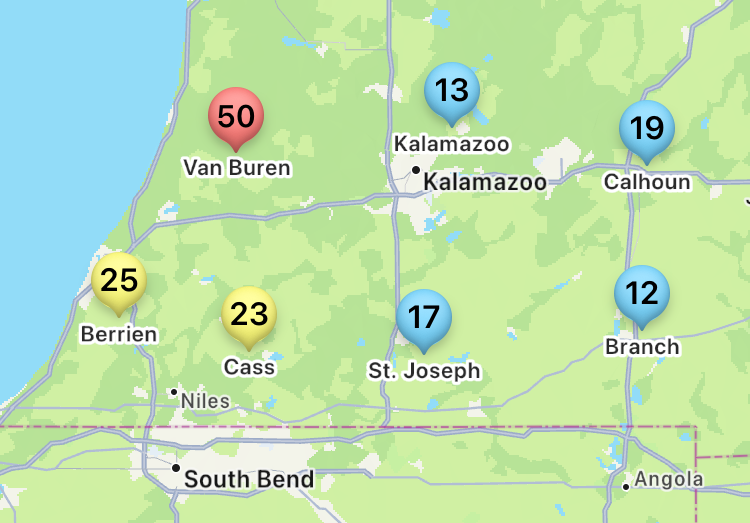
Crops and pests
More soybeans entered R1 this week. If applying a fungicide for white mold, the application should occur between R1 and R3. There are many factors that affect white mold development, including the presence of inoculum, row spacing, canopy, weather conditions and more. The Sporecaster app integrates many of these factors and is one way to calculate white mold risk. Soybean aphid scouting should occur as soybeans approach and enter reproductive stages.
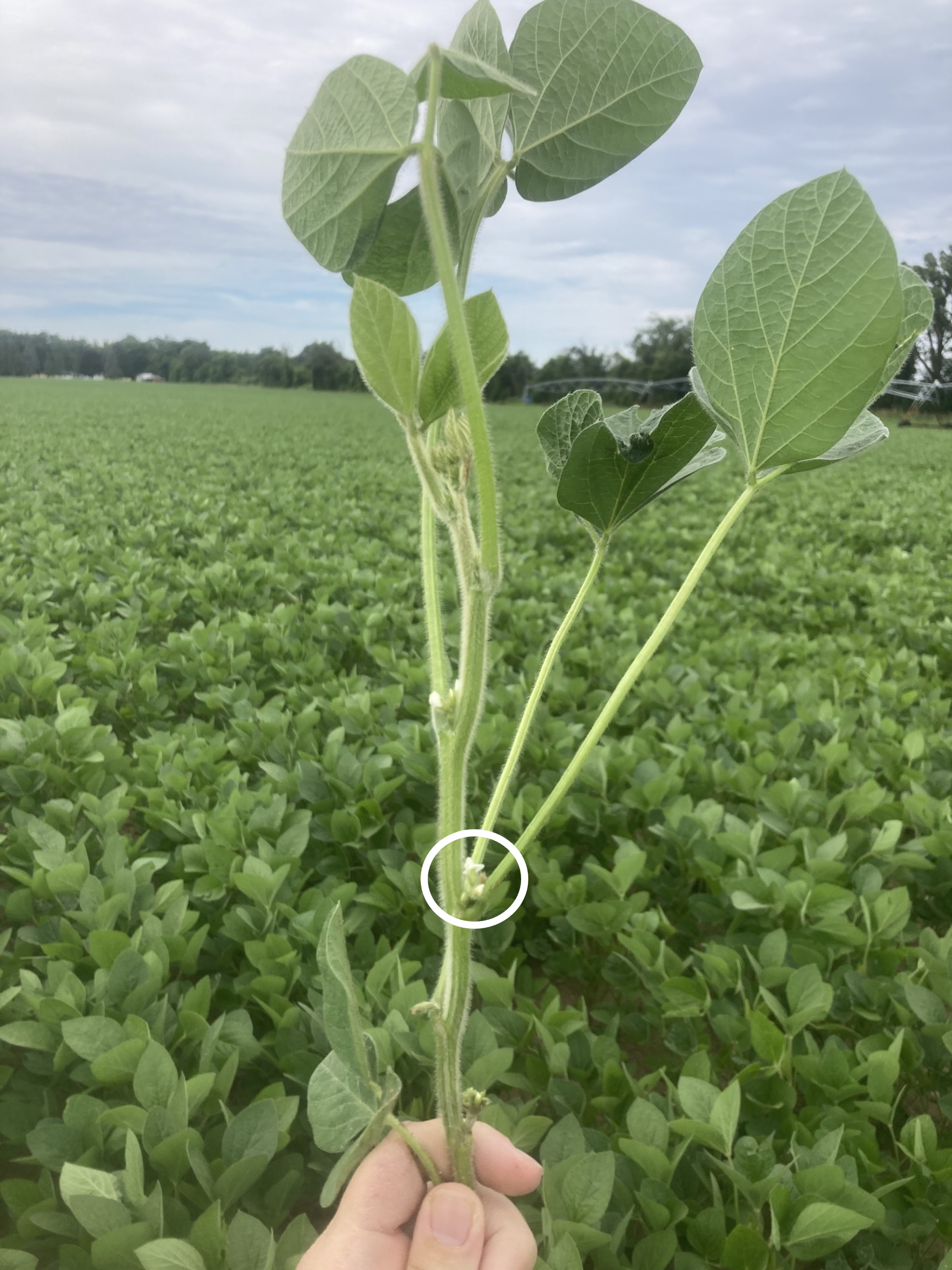
Corn varies throughout the region from early vegetative stages to tasseling. Low levels of tar spot were confirmed last week in Monroe County. When scouting for tar spot, watch for small black dots, slightly raised in appearance, on corn leaves. Tar spot is often confused with insect droppings, so wipe the leaf (preferably with a little bit of moisture) to make sure the black dot is actually a lesion. For single-application control of tar spot, spraying should occur between VT and R3. The Tarspotter app shows high risk for tar spot development in corn between V10 and R3.
Winter wheat has either been harvested or is at Feekes 11.4, which is when the kernel is ready to harvest. An early harvest this year gives some growers the opportunity to double-crop soybeans following wheat. The Michigan State University Extension article, “Considering double-crop soybeans after a winter cereal this year?,” reviews the considerations for double-cropping soybeans, including soil moisture, weed control, soybean maturity group and timing. If not considering double-cropped soybeans, consider establishing a diverse warm season cover crop mixture.
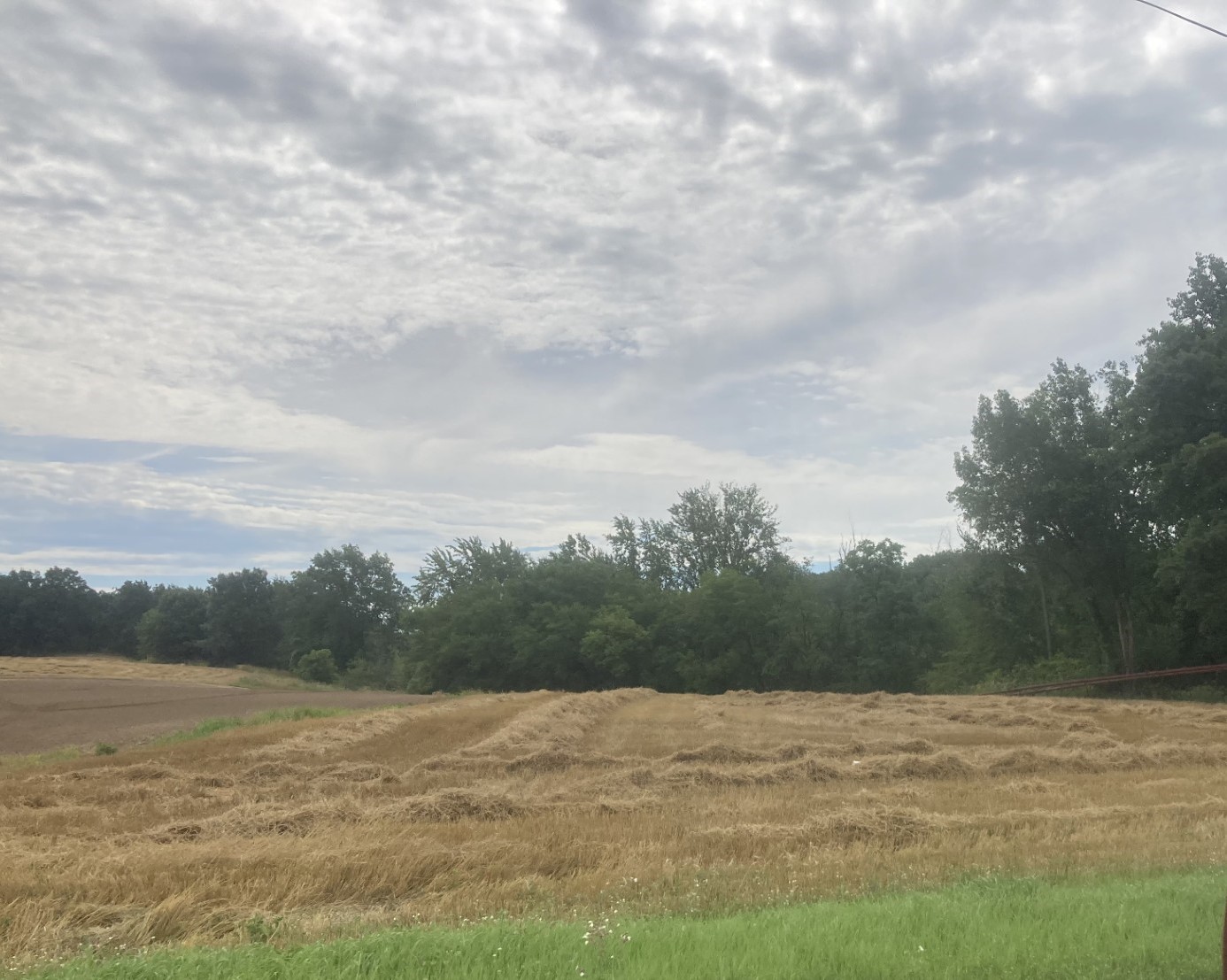
Potatoes have finished flowering on most acres. As vines begin to lay over, vine rot risk increases. High humidity, heat and frequent precipitation/irrigation further the risk. Colorado potato beetle summer adults have been confirmed in early planted fields, and second-generation larvae are close behind. If managing second-generation Colorado potato beetle populations, use chemicals with a different mode of action than what was used on the first-generation populations. Aphid scouting should begin for early planted potatoes and continue throughout the season.
Alfalfa and forages continue with the second cutting in many areas.
Western bean cutworm moths are present in the state. Bucket traps in Berrien, Branch and St. Joseph counties have caught the following:
|
Date |
Berrien |
Cassopolis |
Centreville 1 |
Centreville 2 |
Sturgis |
Union City 1 |
Union City 2 |
|
6/24 |
2 |
0 |
6 |
9 |
0 |
5 |
3 |
|
7/1 |
1 |
81 |
29 |
46 |
29 |
61 |
4 |
Weekly water use
|
Estimated weekly crop water use for field crops in Michigan (inches/week) — week of July 1–7, 2024. |
||||
|---|---|---|---|---|
|
Corn |
Growth stage |
Constantine |
Entrican |
Hart |
|
Corn |
V6 |
0.49 |
0.47 |
0.56 |
|
Soybeans |
V2 second node |
0.63 |
0.61 |
0.71 |
During the vegetative stages, crop water use is low; however, it is essential to monitor for water deficits. As some corn enters the VT stage and soybeans reach R1, crop water use begins to increase and often exceeds precipitation amounts. Avoiding water stress in corn during early reproductive stages, such as tasseling, silking and pollination, is crucial, as it can significantly impact yield potential. During this period, root depth increases rapidly from 18 to 48 inches, increasing the amount of soil water available for plant development.
For soybeans, peak water use occurs later during the pod-filling stage, but it is still important to reduce water stress during flowering. During this time of the year, corn water use exceeds precipitation amounts. In potatoes, water use is low during vine layover; thus, providing excess irrigation can increase the risk of pathogens and water-rotted tubers.
The table above presents estimated crop water use for various field crops across three locations in Michigan. This data helps irrigation management decisions by showcasing potential crop evapotranspiration, calculated based on reference evapotranspiration and crop coefficients for each crop growth stage. It is crucial to note that crop water use values vary across regions due to differences in weather conditions, growth stages, agronomic practices and soil properties.
When using these values for irrigation scheduling, be mindful that they assume all applied irrigation water will be utilized by the plants without any loss. Additionally, these values do not account for any precipitation that may occur during the week of calculation. For more tools and information on irrigation scheduling tools, please refer to: Irrigation Scheduling Tools.
Reference evapotranspiration data was obtained from Enviroweather, which also offers a model for determining potential crop evapotranspiration. To access this tool, visit Enviroweather, click on "Crops," select your crop and use the potential evapotranspiration tool by choosing your nearest weather station, the latest date of interest and other crop information.
Field Crops Virtual Breakfast Series
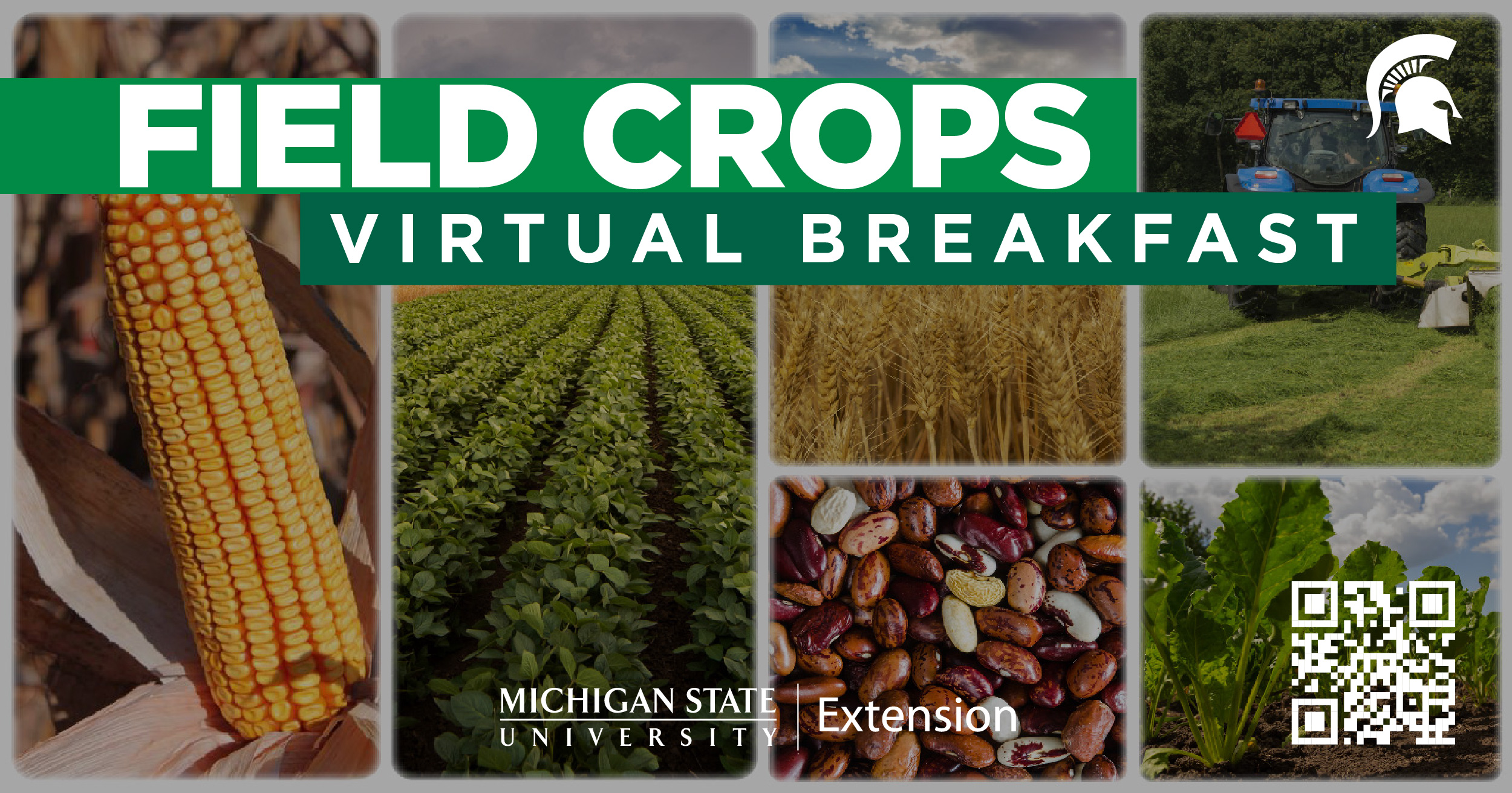
The comeback of the European corn borer, presented by Jocelyn Smith of the University of Guelph, was the topic for the Michigan State University Extension Field Crops Virtual Breakfast last week. Single toxin Bt hybrids have led to corn borer resistance, especially in remote areas such as Nova Scotia. Growers should be aware that although the presence of pyramided hybrids reduces the risk of resistance, it can still be present anywhere, and as such, breakthrough damage should be noted and reported. Recordings of this and all the Virtual Breakfast meetings are closed-captioned and available at the Field Crops Virtual Breakfast webpage and the MSU Extension field crops team social media platforms: Facebook, Spotify, YouTube, Apple Podcasts and Twitter.



 Print
Print Email
Email